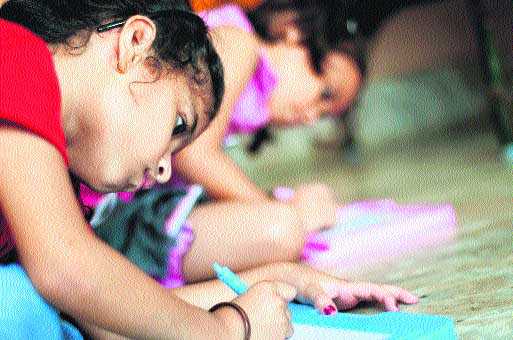Some incidents strike you hard and force you to think. One such happened with me also. Recently I went to Dhnoa Klan village in Amritsar district of Punjab for my project work. This village is located on the Indo-Pakistan border. The village is a historic site named 'Pul Kanjari Da' or 'Pul Moran' which stands to testify the stay of Maharaja Ranjit Singh during his visits to Amritsar. The place is declared a world heritage site by UNESCO. The village has been a witness to glorious history during the wars with Pakistan. It was occupied by the Pakistani army during the Indo-Pakistan wars of 1965 and 1971 and was recaptured by the Indian Army later after a tough fight.
What surprised me was that although the village has a dynamic past, it gives the reflection of a village of the late 1980s. The link road which leads to the village exists only in name and bridges are in bad condition. People of the village complain that there are no transportation facilities in the village. There is neither a functional health system nor a good school. In the case of sickness or emergency, they have to carry the patient all the way to Attari.
While I was talking to some village elders, I saw a girl with a smiling face who was standing close to her father and listening to our talk very carefully. She had glittering black eyes with a lot of shyness and her face reflected innocence which attracted me instantly. I asked her father which school she was attending. He answered: “She is in the primary government school, which is the only school in the village. After passing the primary standard, every student has to travel to the Attari senior secondary school, which is 5 km from the village. It is a tough decision to send girls to the school there as someone has to pick and drop them on a daily basis”. He said they were all helpless in providing good education to their children due to the absence of any good educational institution nearby and also because of affordability issues.
I tried to talk that girl in English, “How are you?” She replied: “I am fine, thank you.” My next question for her was: “In which class do you study?” She answered, “In 3rd standard.” Then I asked her in Punjabi: “Tusi vadde ho ke ki banna chahonde ho?” (When you grow up, what would you like to be?). She said: “Teacher.”
I saw a ray of hope in her eyes. Suddenly, she ran away but left some questions behind. “Will she be able to create her space and fulfil her dream in the given circumstances? I was worried. Most of the girls in villages have dreams, small dreams and were hoping for some miracle to happen to realize them.
Unlock Exclusive Insights with The Tribune Premium
Take your experience further with Premium access.
Thought-provoking Opinions, Expert Analysis, In-depth Insights and other Member Only Benefits
Already a Member? Sign In Now










